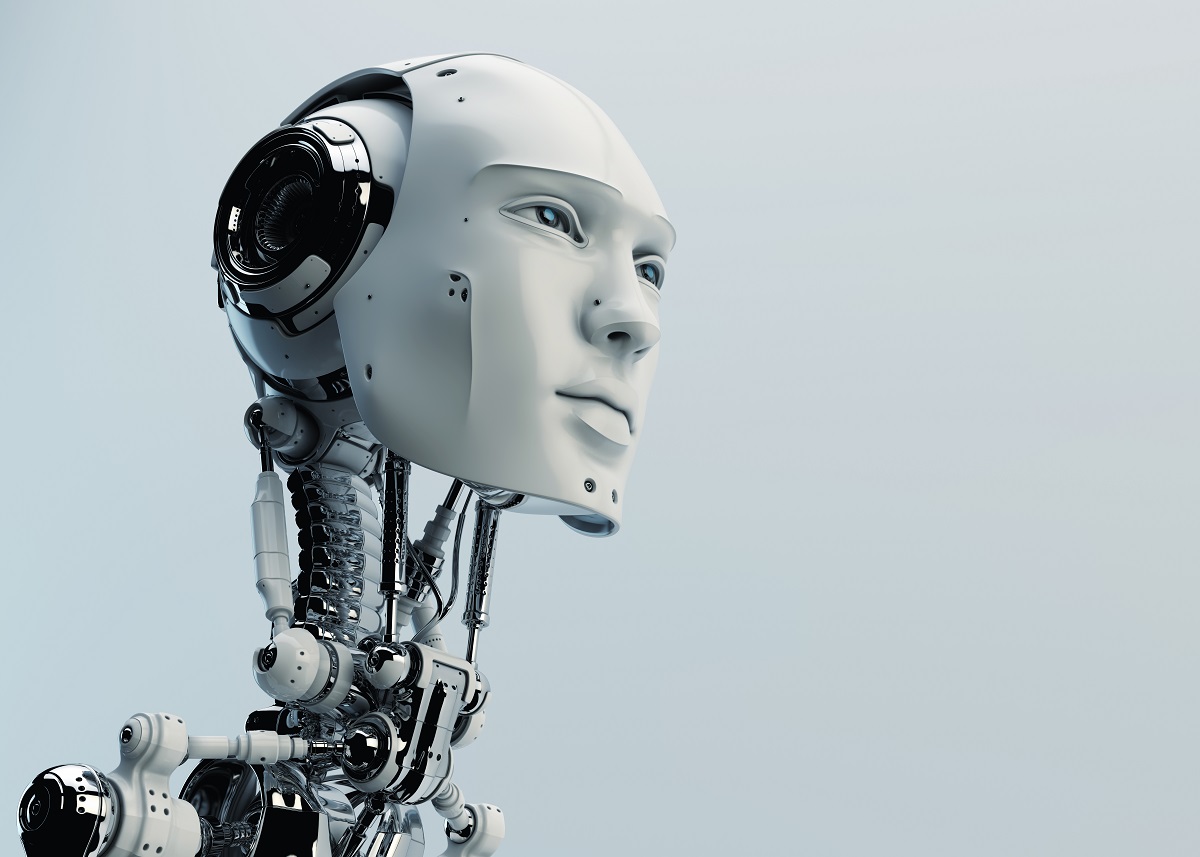The healthcare industry is enormous. It is an industry that is gaining trillions of dollars each year in the U.S. despite being undermanned in all fields. The lack of manpower in this particular industry is primarily attributed to the amount of knowledge required to be a part of the industry. Many medical and healthcare professionals require years of studying in a university and many more years of practice.
This alone can take professionals upwards of seven years before being part of the industry. This is an increasing crisis as more medical professionals are becoming sick because of the pandemic, further decreasing the already lack of manpower in the field. However, in where we human beings fail, robots start to shine.
Robotics has been transforming many industries in the world ever since they were invented in 1954. They are also heavily used in the medical field to support the lack of manpower. They can be seen in surgery rooms, various healthcare centers, and nursing homes. Robots are revolutionary in what they can do. Here are some ways robots are transforming healthcare today.
Surgery
Off-site surgery is a rising trend in the medical world. Technically, what it means is that surgery is being conducted while the surgeon is miles away from the patient. This is done through the newly-developed 5G system and a couple of robotic arms.
Imagine this scene: robotic arms moving around using its pneumatic cylinders or air actuators, following orders from a surgeon many miles away to do surgery on a living, breathing person. It seems something out of a science-fiction movie, doesn’t it? But it’s here, and it’s happening right now. Various hospitals worldwide are starting to use robotics alongside 5G to help with surgeries all-around the world. The low latency of the 5G connection alongside its high bandwidth is integral to these operations.
Additionally, robotic arms’ precise movement, which can almost imitate how a surgeon’s arm works in surgery, make these miraculous off-site surgeries possible. However, aside from off-site surgeries, robots are being developed that can do surgeries without a medical professional’s help.

Surgical robots are being developed in the U.S. to help with the increasing need for surgeons all-around the country. Surgeries can take hours to do, and surgeons can only do so much before they need rest. However, robots don’t need to rest. Because of their evolved physical capabilities, they can also shorten the time required to perform surgeries on a person. Although there isn’t yet a robot that can perform surgeries without a medical professional’s aid, robots can still aid doctors with complicated surgeries such as spinal surgeries. These robots can drastically decrease the amount of work and time needed to complete complicated surgeries, giving surgeons more time to do other operations.
Diagnosis
Robotics and A.I. also have an immense impact on how medical practitioners can diagnose various patients in their clinics. Many medical practitioners have to study a ridiculous amount of knowledge before being part of the medical field. However, even if a practitioner learns their field, they are prone to misdiagnoses due to human error.
As human beings, we are prone to mistakes. We are prone to forgetting essential things, and we are prone to emotions. All of this can lead to wrong diagnoses, which can be fatal in some scenarios. However, A.I. is changing and fixing this problem.
Artificial Intelligence such as IBM Watson is making great strides in diagnosing fatal medical conditions such as diabetes and cancer. For instance, IBM Watson for Oncology had a 93% chance of successfully diagnosing cancerous tumors in patients. In 2019, IBM Watson’s Sugar I.Q. App had a 90% accuracy in finding diabetic medical conditions on patients. These diagnoses help reduce the amount of workload, especially on stressed physicians who work almost eleven hours a day.
Nursing
Nurses are at the core of the healthcare industry. They are the ones who tend to patients in most of their time spent in hospitals. They are also the ones administering medicine to patients who need them. However, their tiring jobs can be detrimental to their work function. With some nurses having to work almost twenty-hours per day, they are prone to many errors in their field.
This is why nursing robots are being developed today. Nursing robots can make automated decisions to save a patient’s life. They are also capable of warning individual physicians when a patient is under critical condition. Additionally, they also have motor functions that can carry immobile patients and carry them around the hospital. They are wonderful robots that can aid and support nurses in their endeavors in taking care of patients.
Robotics are significantly impacting the healthcare industry. Their functions are essential in the everyday operations of a hospital. Their vast knowledge is also helpful in making precise diagnoses, potentially saving a patient’s life. Robotics is revolutionizing the medical world as we know it.

